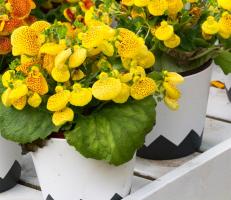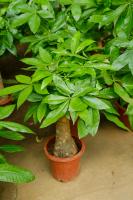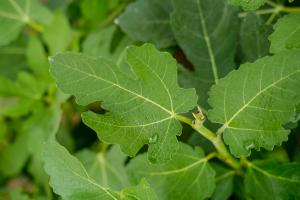1、 Curing method
1. Temperature: 18 to 28 degrees is the most appropriate. However, the specific optimal range needs to be determined according to the specific month. If it's march to September, it's best to be 22 to 28 degrees. If it's from September to march of the next year, it's better to be 18 to 22 degrees. In addition, it can survive the winter safely only if it is not lower than 10 degrees

2. Light: it likes light very much and is a masculine plant. Ensure sufficient light, it can grow normally and bloom. However, summer exposure should also be avoided, but only in summer shade. In other seasons, especially in winter, there is no need to shade

3. Watering: it likes humidity and has high requirements for air humidity. In the growing season, water in time to keep the substrate moist. When it is dry or the temperature is high, spray water in time. In addition, it is also necessary to add a little water in winter and keep the humidity at about 50%

4. Fertilization: it doesn't need much fertilizer, but it can be fertilized once a month or so. In addition, it is best to choose a substrate with more nutrients or mix some fertilizer

2、 Breeding skills
1. Reproduction: ramets can be used. First of all, to choose a strong mother plant, you must sprout some evil buds next to it, because these are the materials for reproduction. When these tiller buds grow to about ten centimeters, they can be cut off and planted. Keep the temperature between 25 and 28 degrees. After about twenty to twenty-five days, new roots can grow

2. Basin replacement: the soil can be replaced once a year or two. A substrate with rich nutrients and good air permeability is required. For example, rotten leaf soil can be mixed with sand and bark particles as new soil. When changing soil, the rotten roots can be cut off

3、 Problem diagnosis and treatment
1. Disease: the most common disease is "leaf spot". Bordeaux or carbendazim can be used for treatment, and timely ventilation, treatment of surrounding fallen leaves and messy objects, etc. to avoid further expansion of the disease

2. Insect pests: the main species are "whitefly" and "thrips", which can be controlled with Omethoate and other liquid medicine

4、 Other issues
1. Toxicity: it is non-toxic and harmless

2. Whether it can be raised at home: it is more appropriate. It is a kind of better ornamental plants. However, its price is relatively expensive, so it is not popular


 how many times do yo...
how many times do yo... how many planted tre...
how many planted tre... how many pine trees ...
how many pine trees ... how many pecan trees...
how many pecan trees... how many plants comp...
how many plants comp... how many plants can ...
how many plants can ... how many plants and ...
how many plants and ... how many pepper plan...
how many pepper plan...
































